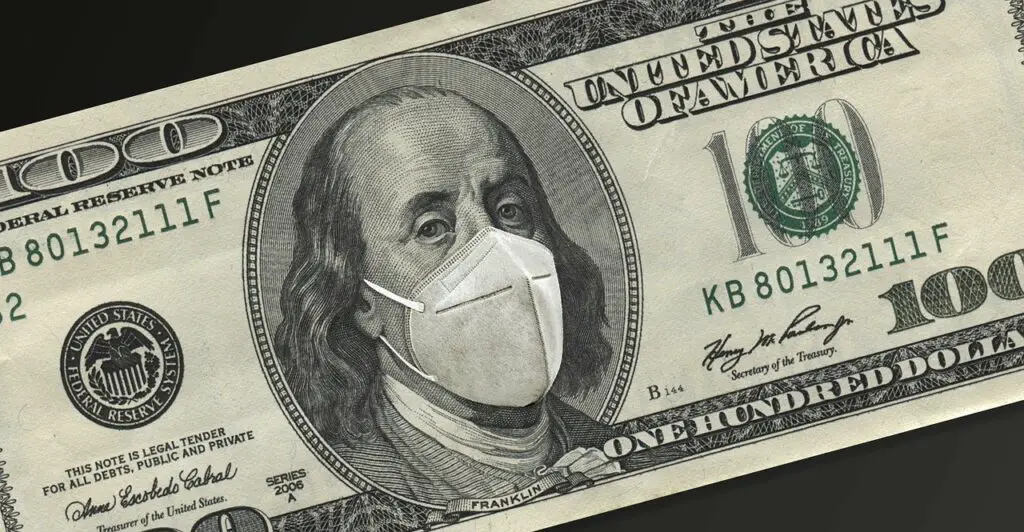In great news for struggling students across the country, on Wednesday Congress passed the $1.9 trillion American Rescue Plan Act (ARPA). This latest COVID-19 relief package allocates roughly $40 billion in higher education relief for institutions and individuals. So how will it affect college students?
Under expanded eligibility criteria, adult dependents 17 or over — a large portion of college students — will now be eligible for stimulus relief payments of $1,400.
Adult Dependents Eligible, No Tax on Student Loan Forgiveness
Adult dependents, previously ineligible to receive relief payments because they could be claimed on someone else’s tax returns, will now be eligible. This adds approximately 26 million new recipients to those receiving direct cash payments and will disproportionately benefit college students.
The taxpayer who claims the student as a dependent will have to meet financial eligibility criteria: individuals must earn less than $75,000 per year while couples cannot earn more than $150,000.
Additionally, a provision of the bill exempts students from being taxed on any student loan forgiveness through 2025. This is a first, minor victory for those lobbying for much more substantial student debt relief, including the canceling of tens of thousands of dollars of outstanding student loans.
Half Will Comprise Emergency Financial Aid
Further, one of ARPA’s stipulations is that at least 50 percent of all funds granted to educational institutions go directly to students for emergency financial aid.
Institutions will have some latitude in how the funding is apportioned to students, whether as added grants mostly to Pell Grant recipients or in some other way making it more widely available. Previous eligibility criteria for extra financial aid from colleges, such as having a social security number and being financially eligible, will still apply, with priority given to students of “exceptional financial need.”
Students may use the money for any expenses related to their university attendance, including emergency expenses such as child care, tuition, food, housing, healthcare, and mental health care arising due to the coronavirus.
Largest Package for Higher Ed So Far
Now awaiting President Joe Biden’s signature, ARPA contains the largest federal stimulus package for higher education issued so far.
The Coronavirus Aid, Relief, and Economic Security (CARES) Act, passed in March 2020, earmarked around $14 billion in emergency higher education funding through the Higher Education Emergency Relief Fund. Higher education institutions were provided with an additional $23 billion in December as part of the Coronavirus Response and Relief Supplemental Appropriations (CRRSA) Act.
This latest round of relief totaling $40 billion is less than the estimated $97 billion needed by schools and students to recover from losses due to the pandemic, the American Council on Education (ACE) said in a statement.
Nevertheless, ACE President Ted Mitchell expressed his approval of the measure as “the largest federal effort so far to assist students and families struggling to cope with lost jobs or reduced wages and colleges and universities facing precipitous declines in revenues and soaring new expenses.”

